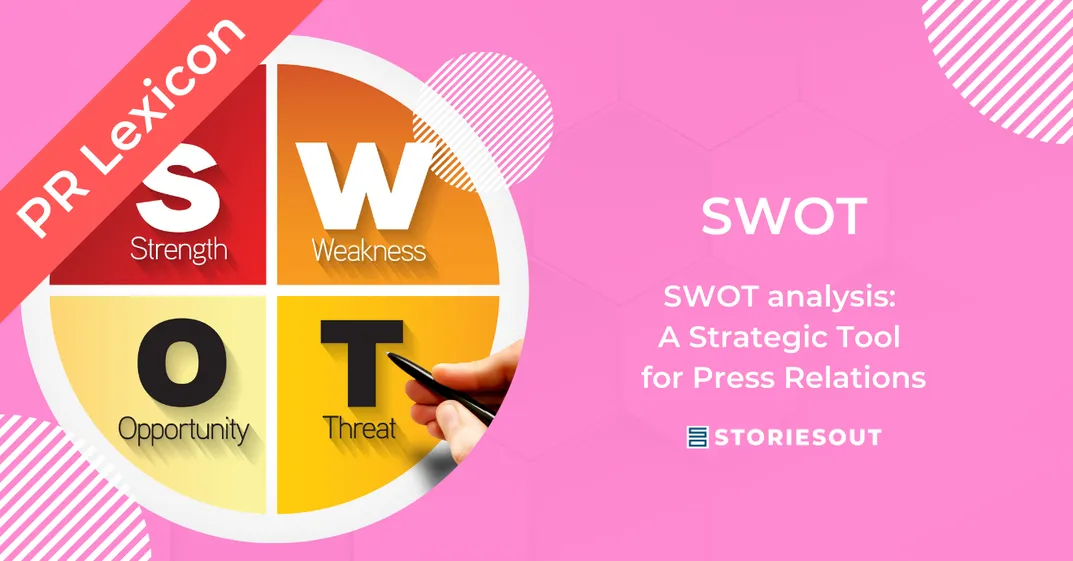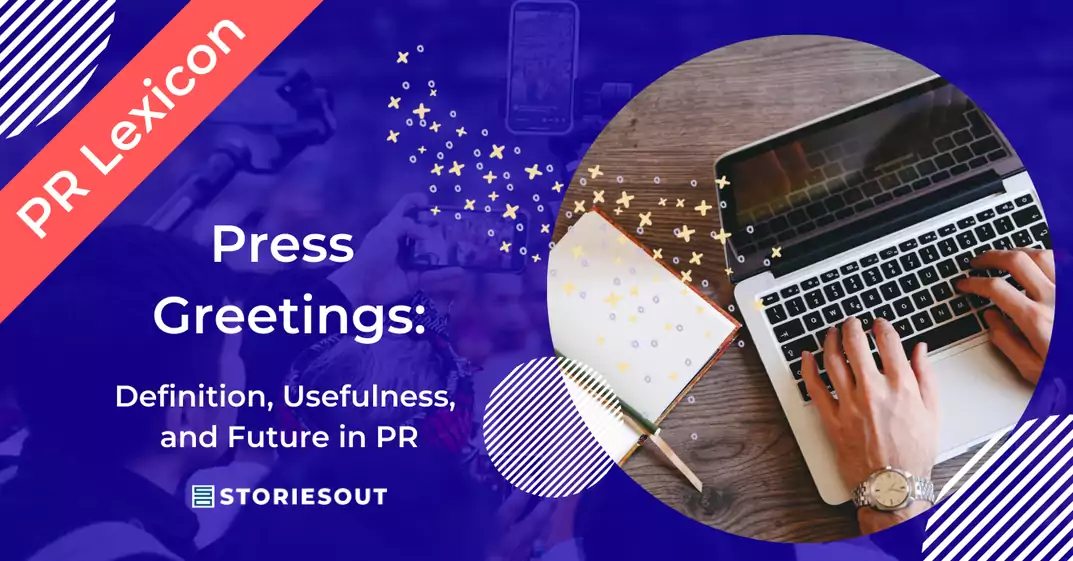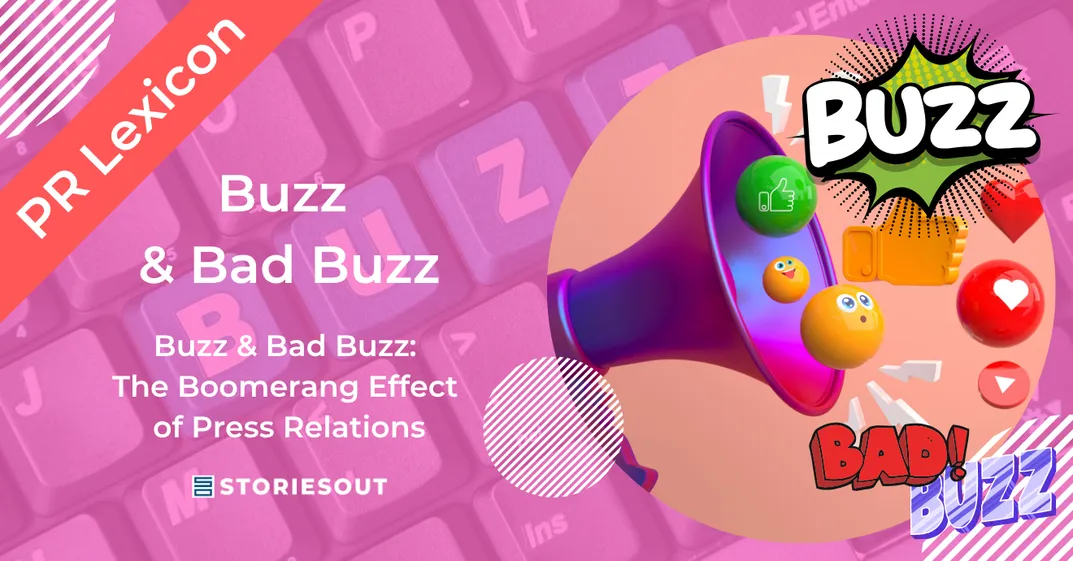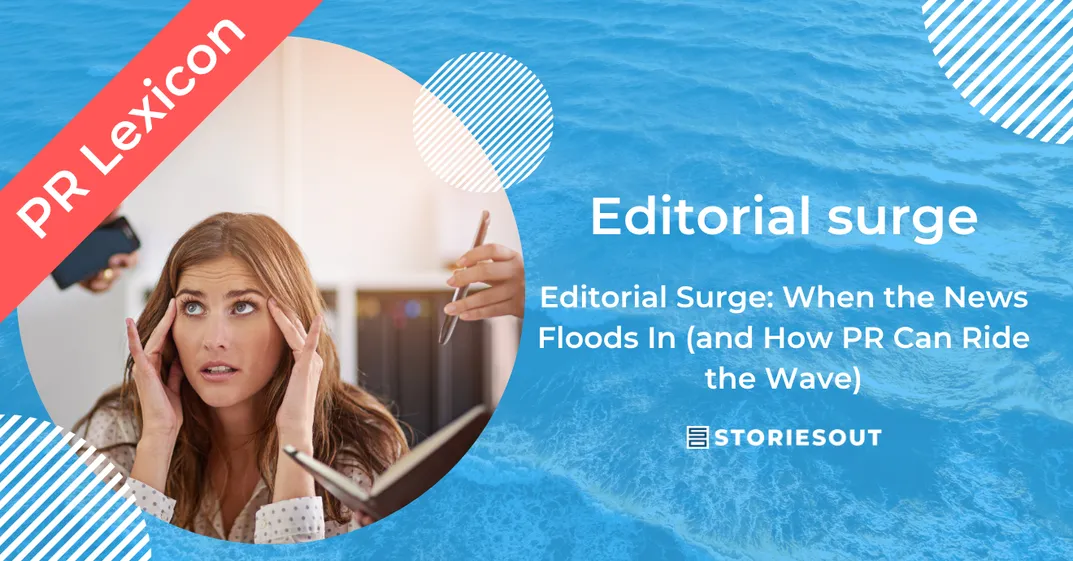SWOT analysis is a widely used decision-making tool in business strategy and communication. In public relations (PR), it helps better understand the media landscape and also anticipate risks, and leverage opportunities to optimize messaging. But how does this tool work, and in what contexts is it particularly useful?
What is SWOT?
The acronym SWOT stands for Strengths, Weaknesses, Opportunities, and Threats. This tool evaluates both internal and external factors that influence a company, brand, or communication campaign.
- Strengths: Internal advantages of an organization, such as strong brand recognition, a well-established media network, or recognized expertise.
- Weaknesses: Vulnerabilities, such as low brand awareness, limited budgets, or gaps in crisis communication.
- Opportunities: Favorable external factors, including emerging market trends, advantageous legislative changes, or new media channels.
- Threats: External risks, such as a reputational crisis, aggressive competition, or unfavorable technological developments.
SWOT analysis is typically presented as a four-quadrant matrix, providing a clear and structured view of strategic levers to leverage and challenges to anticipate.
What are the advantages and limitations of SWOT?
SWOT is a popular tool because it provides a quick and accessible overview of a strategic situation. However, it also has some limitations.
Advantages of SWOT
- Clarity and simplicity: The SWOT matrix is easy to understand and share with a team.
- Comprehensive strategic vision: It integrates both internal (strengths/weaknesses) and external (opportunities/threats) factors.
- Facilitates decision-making: Highlights key action levers.
- Applicable across various domains: From marketing to PR and crisis management.
Limitations of SWOT
- Subjective analysis: SWOT elements often depend on stakeholders’ perceptions and may lack objectivity.
- Lack of prioritization: The tool identifies key factors but does not rank them by importance.
- Static nature: SWOT provides a snapshot at a given time, without accounting for rapid market changes.
- Risk of oversimplification: Media crises or PR strategies often require deeper analysis (competitive intelligence, audience studies, etc.).
Despite these limitations, SWOT remains an essential starting point for structuring strategic thinking.
How is SWOT used in public relations?
SWOT analysis is a valuable tool for PR professionals, particularly in the following situations.
Developing a communication strategy
Before launching a PR campaign, SWOT helps identify strengths to highlight (e.g., an already well-established brand), weaknesses to address (e.g., low brand awareness), and market opportunities and threats.
Example: A tech startup can use SWOT to identify its competitive advantage in public relations and define a relevant media positioning.
Crisis management and risk anticipation
During a crisis SWOT helps identify vulnerabilities that could be exploited by the media or the public. Companies can then prepare appropriate messaging and response plans.
Example: A brand in the IT sector conducting a SWOT analysis may anticipate a threat related to accusations of greenwashing and adjust its communication accordingly.
Assessing media impact and adjusting strategy
After a PR campaign, SWOT helps evaluate successes and areas for improvement by comparing actual results with initial forecasts.
Example: An NGO can analyze whether its awareness campaign effectively leveraged media opportunities and identify necessary adjustments for future initiatives.
Conclusion
SWOT analysis is a key tool in public relations, enabling professionals to anticipate opportunities, identify threats, and refine communication strategies. While it does not replace in-depth monitoring or detailed analysis, it serves as an excellent starting point for structuring strategic thinking and avoiding missteps.
By integrating SWOT into their methodology, PR professionals can optimize their campaigns, better manage crises, and maximize their media impact.




